Related Research Articles
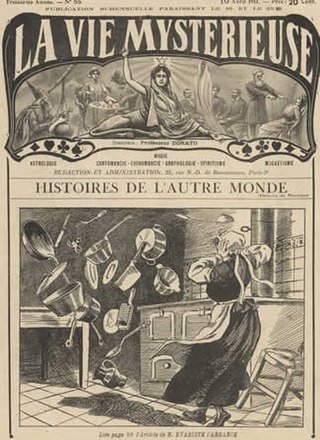
In ghostlore, a poltergeist is a type of ghost or spirit that is responsible for physical disturbances, such as loud noises and objects being moved or destroyed. Most claims or fictional descriptions of poltergeists show them as being capable of pinching, biting, hitting, and tripping people. They are also depicted as capable of the movement or levitation of objects such as furniture and cutlery, or noises such as knocking on doors. Foul smells are also associated with poltergeist occurrences, as well as spontaneous fires and different electrical issues such as flickering lights.
Parapsychology is a field of research that studies a number of ostensible paranormal phenomena, including telepathy, precognition, clairvoyance, psychokinesis, near-death experiences, reincarnation, and apparitional experiences.

The Society for Psychical Research (SPR) is a nonprofit organisation in the United Kingdom. Its stated purpose is to understand events and abilities commonly described as psychic or paranormal. It describes itself as the "first society to conduct organised scholarly research into human experiences that challenge contemporary scientific models." It does not, however, since its inception in 1882, hold any corporate opinions: SPR members assert a variety of beliefs with regard to the nature of the phenomena studied.

Frederic William Henry Myers was a British poet, classicist, philologist, and a founder of the Society for Psychical Research. Myers' work on psychical research and his ideas about a "subliminal self" were influential in his time, but have not been accepted by the scientific community. However, in 2007 a team of cognitive scientists at University of Virginia School of Medicine, led by Edward F. Kelly published a major empirical-theoretical work, Irreducible Mind, citing various empirical evidence that they think broadly corroborates Myer's conception of human self and its survival of bodily death.
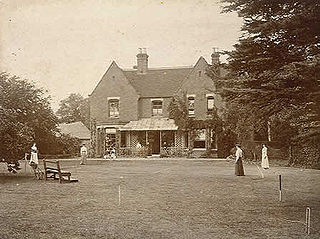
Borley Rectory was a house located in Borley, Essex, famous for being described as "the most haunted house in England" by psychic researcher Harry Price. Built in 1862 to house the rector of the parish of Borley and his family, the house was badly damaged by fire in 1939 and demolished in 1944.

Harry Price was a British psychic researcher and author, who gained public prominence for his investigations into psychical phenomena and exposing fraudulent spiritualist mediums. He is best known for his well-publicised investigation of the purportedly haunted Borley Rectory in Essex, England.
The Haunting of Hill House is a 1959 gothic horror novel by American author Shirley Jackson. A finalist for the National Book Award and considered one of the best literary ghost stories published during the 20th century, it has been made into two feature films and a play, and is the basis of a Netflix series.
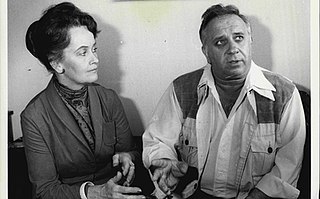
Edward Warren Miney and Lorraine Rita Warren were American paranormal investigators and authors associated with prominent cases of alleged hauntings. Edward was a self-taught and self-professed demonologist, author, and lecturer. Lorraine professed to be clairvoyant and a light trance medium who worked closely with her husband.

Hans Holzer was an Austrian-American author and parapsychologist. He wrote more than 120 books on supernatural and occult subjects for the popular market as well as several plays, musicals, films, and documentaries, and hosted a television show, Ghost Hunter.
Loyd Auerback is a parapsychologist, paranormal investigator, and mentalist. He has appeared on numerous television shows that profile ghost hunting and other paranormal topics. He develops and teaches online courses on parapsychology.

Ghost hunting is the process of investigating locations that are purportedly haunted by ghosts. Typically, a ghost-hunting team will attempt to collect evidence supporting the existence of paranormal activity.

Peter Underwood was an English author, broadcaster and parapsychologist. Underwood was born in Letchworth, Hertfordshire. Described as "an indefatigable ghost hunter", he wrote many books which surveyed alleged hauntings within the United Kingdom - beginning the trend of comprehensive regional 'guides' to (purportedly) haunted places. One of his well-known investigations concerned Borley Rectory, which he also wrote about.
The Ghost Club is a paranormal investigation and research organization, founded in London in 1862. It is believed to be the oldest such organization in the world, though its history has not been continuous. The club still investigates mainly ghosts and hauntings.
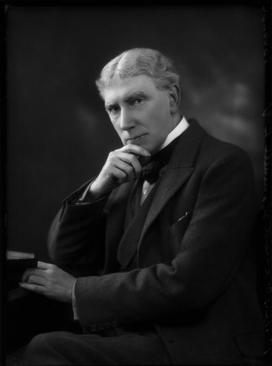
Elliott O'Donnell was an English author known primarily for his books about ghosts. He claimed to have seen a ghost, described as an elemental figure covered with spots, when he was five years old. He also claimed to have been strangled by a mysterious phantom in Dublin.

Ballechin House was a Georgian estate home near Grandtully, Perthshire, Scotland. It was built in 1806, on the site of an old manor house which had been owned by the Steuart family since the 15th century. This house, which stands in Ballechin Wood, is the subject for a popular local ghostlore story.
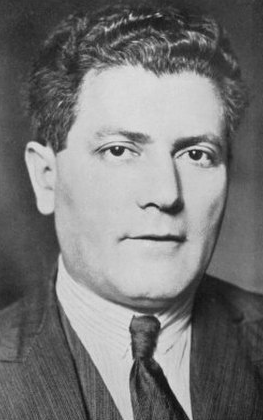
Nandor Fodor was a British and American parapsychologist, psychoanalyst, author and journalist of Hungarian origin.

50 Berkeley Square is a reportedly haunted townhouse on Berkeley Square in Mayfair, Central London. In the late 19th century it became known as one of the most haunted houses in London, with its attic room said to be haunted by the spirit of a young woman who had committed suicide there.

Anthony Donald Cornell was a British parapsychologist and prominent figure in the investigations of ghosts and other paranormal activity across the United Kingdom during the later part of the twentieth century. He appeared in numerous TV documentaries and television debates, and was often the subject of magazine and news articles concerning ghosts and paranormal investigations.

There is widespread belief in ghosts in English-speaking cultures, where ghosts are manifestations of the spirits of the dead. The beliefs may date back to animism or ancestor worship before Christianization. The concept is a perennial theme in the literature and arts of English-speaking countries.
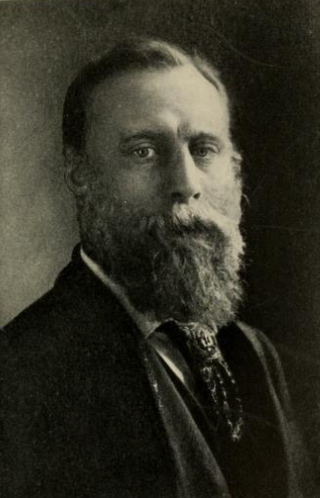
Richard Hodgson was an Australian-born psychical researcher who investigated spiritualist mediums such as Eusapia Palladino and Leonora Piper. During his later life, Hodgson became a spiritualist medium himself and believed to be in communication with spirits.
References
- ↑ BUCKMASTER, Nigel (29 May 2017). "Cheltenham Ghost" . Retrieved 7 May 2018.
- ↑ JAMES, William (August 1901). Frederic Myers's Service to Psychology. USA: The Popular Science Monthly. pp. 380–389.
- 1 2 3 MORTON, R.C. (1892). Record of a Haunted House, Proceedings of the Society for Psychical Research. Society for Psychical Research. pp. 311–32.
- 1 2 3 4 JENSEN ROMER, CHRISTIAN (2021). Revisiting a Haunted House: Gustav Holst and The Cheltenham Ghosts in Anomaly Vol. 51. Association for Scientific Study of Anomalous Phenomena.
- 1 2 3 4 5 6 MaCKENZIE, Andrew (1983). Hauntings and Apparitions: An Investigation of the Evidence. Flamingo. ISBN 9780586084304.
- ↑ LAMBERT, G.W. (1958). The Cheltenham Ghost: A Reinterpretation, Journal of the Society for Psychical Research 39. Society for Psychical Research.
- ↑ UNDERWOOD, PETER (1977). Hauntings: New Light on Famous Cases. Duckworth, London.